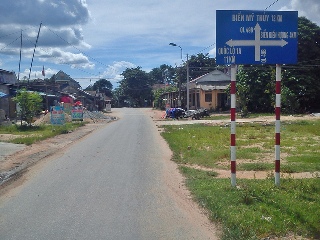 Developing Asian economies need to forge more public-private partnerships (PPPs) to come up with the huge capital needed to improve the infrastructure system crucial to the region’s economic growth, according to the Asian Development Bank (ADB).
Developing Asian economies need to forge more public-private partnerships (PPPs) to come up with the huge capital needed to improve the infrastructure system crucial to the region’s economic growth, according to the Asian Development Bank (ADB).
ADB estimates that the Asia-Pacific region needs US$800 billion every year in infrastructure investment until 2020. Governments alone will not be able to bridge the infrastructure gap and must look toward the private sector to provide funding assistance, it added.
“The infrastructure deficit in Asia is so enormous that we can’t expect either private investors or the public sector to take on the challenge alone. We need collaboration between private and public players to make things work, and to bring critical services to the community,” said Michael Barrow, deputy director general in ADB’s private sector operations department.
“PPPs can help developing countries address critical infrastructure needs, from roads to hospitals to water supply systems. The PPP investment mode, with the various structures underpinning it, is especially effective in helping centrally planned countries transition to private sector-oriented market economies,” the organization said.
Good infrastructure is critical to economic growth, allowing communities to access essential social services, markets, and jobs, and making cities cleaner and easier to navigate.
But to rope in private business, governments need to provide incentives and a good climate for private investment. Besides the right laws and regulations, they need to ensure that PPP projects are handled in professional ways. Although increasing efforts are being made to prepare PPP projects, PPPs often still suffer from a bankability gap, the ADB said.
Governments can look into well-planned risk-sharing and performance-based arrangements between the parties that will “deliver ‘value-for-money’ projects to provide a full set of benefits for investors, the public, and the economy,” it added.
Photo: Gary Cycles




